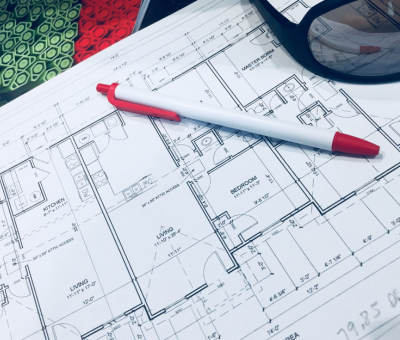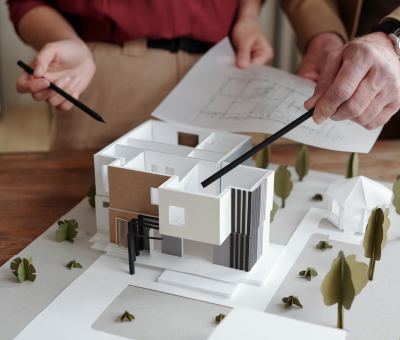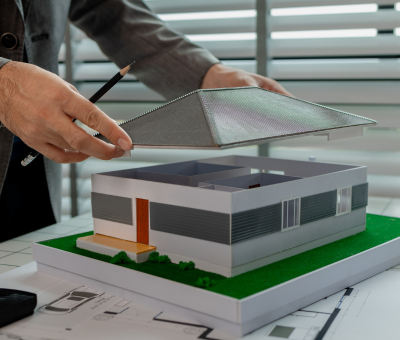CONSULTANCY
Slaying The Risks & Boosting High Energy Performance
Energy Consulting is effortless with us! We offer unique assessment energy modelling & analysis services to optimise the energy-efficient features and enhance the environmental performance of your buildings. Our experts provide precise analysis involving the performance based design.

Services

SOFTWARE
Integrated Design & Energy-Saving Solutions
IESVE Software is an amalgamation of futuristic analysis tools that can help in the new design and retrofit of existing buildings for better performance & energy saving. We offer this latest digitalized construction tool & its training used by building engineers, architects, and consultants worldwide. IESVE is an internationally recognized software for energy-saving in designs and reducing carbon footprint.
TRAINING
Learn Sustainable Designing The Easy Way
Now gain access to quality IES Training here at Reinvent Design Technologies LLP with online and offline sessions. Guided training solutions provided to students, engineers, professionals, architects, engineering firms, professors, and all VE users. We specialise in courses that include live projects, on-demand sessions, video training, and face-to-face interactive training classes.

Testimonials
"Our experience with RDT Corp has been outstanding. They delivered a customized solution that addressed all our requirements and exceeded our expectations. Their commitment to excellence is evident in everything they do."

"Working with RDT Corp has been a game-changer for our company. Their attention to detail and commitment to excellence have helped us achieve our environmental goals efficiently and effectively. I highly recommend their services to anyone looking for top-notch environmental impact studies."

"Our experience with RDT Corp has been outstanding. They delivered a customized solution that addressed all our requirements and exceeded our expectations. Their commitment to excellence is evident in everything they do."

"RDT Corp provided us with a comprehensive IT strategy that perfectly aligned with our business goals. Their proactive approach and attention to detail have made a significant impact on our company's growth. Their services are worth every penny."













